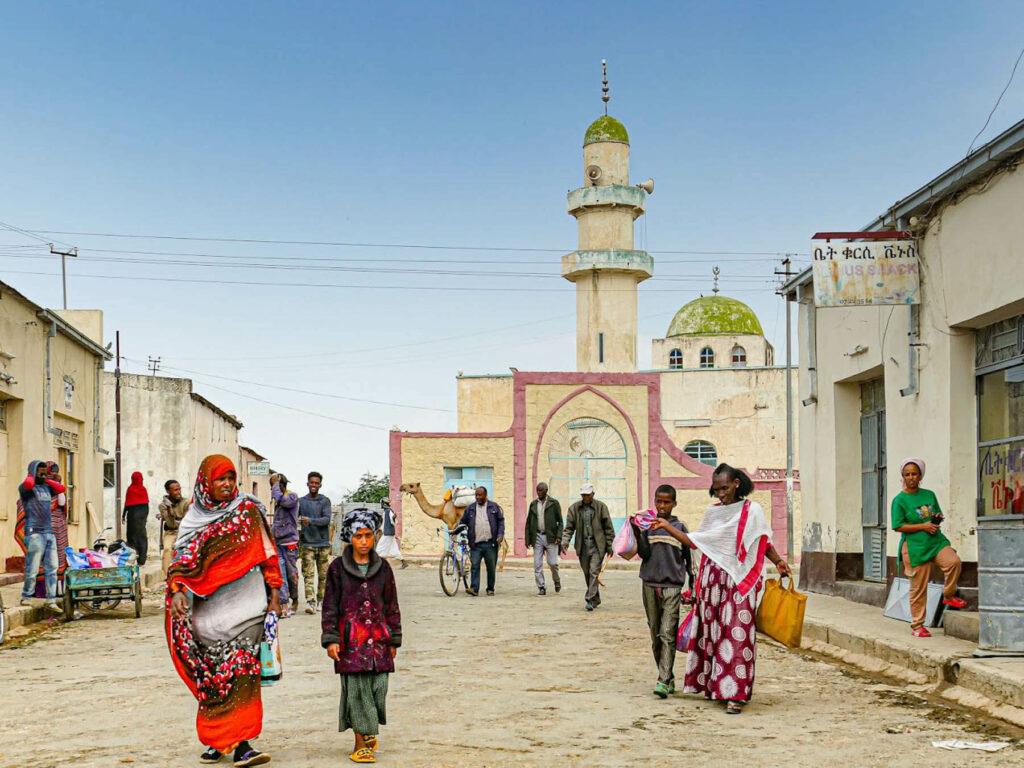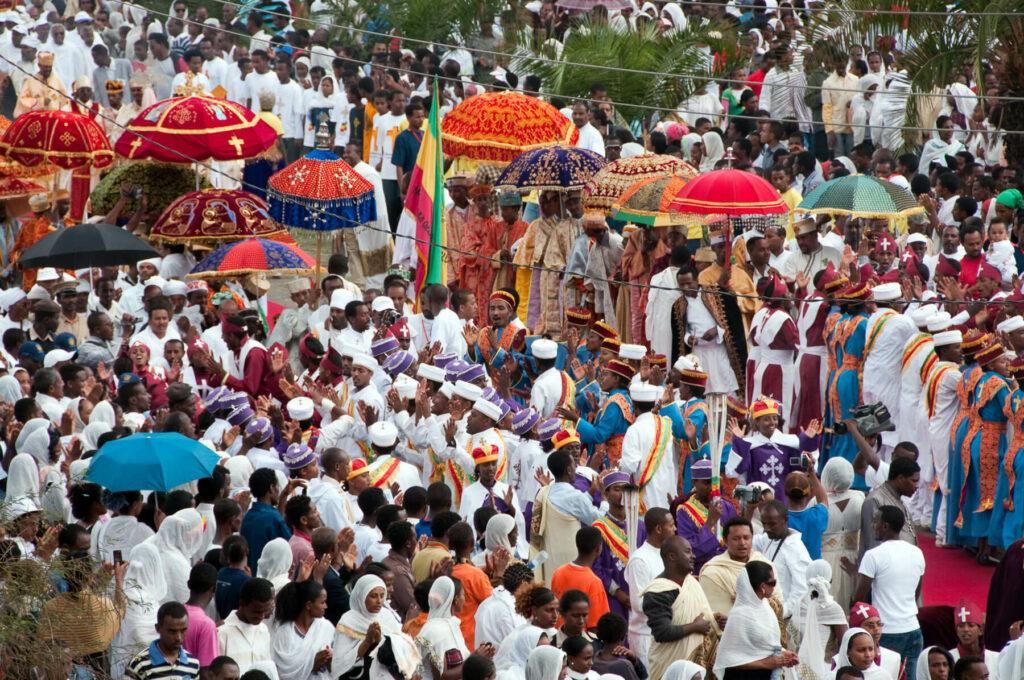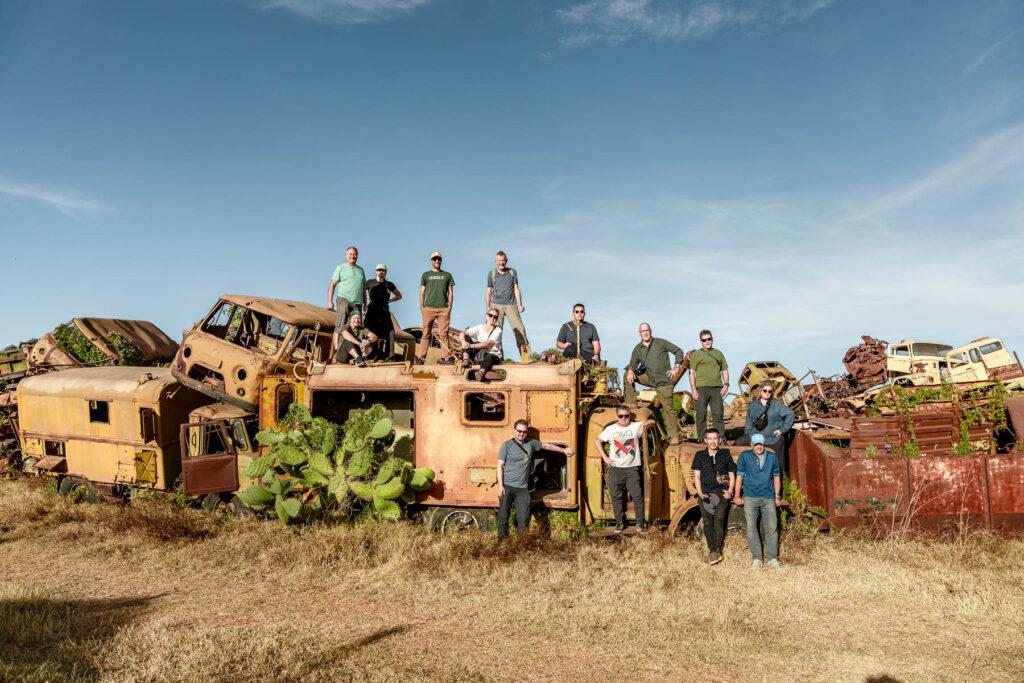Join one of our tours in Eritrea!
Popularly known as the North Korea of Africa, it is said that Eritrea is the most repressive and hermetic country in all of Africa, a real off-the-beaten-path destination not many travelers have had the chance to visit.
Most travelers, however, agree that this is one of the most unique destinations in the continent, home to the most laid-back city in sub-Saharan Africa and also the most diverse country in terms of landscapes, ethnicities and culture, all concentrated in such a small piece of the African continent.
Join us in discovering one of the most singularly unique destinations we have offered so far.
Our scheduled group tours for Eritrea
From Asmara to Senafe, Keren and Massawa, our Eritrea tours cover all the accessible places in the country.
Upcoming Eritrea Tours
These are all our scheduled tours to Eritrea
what travelers say about us

need to know for your Eritrea travel tour
How to get a visa?
With our Letter of Invitation, you’ll be able to collect your visa on arrival.
How to get there?
Check Egypt Air, Turkish Airlines, and FlyDubai
Which nationalities can join our Eritrea tours?
All nationalities are welcome, including Americans.
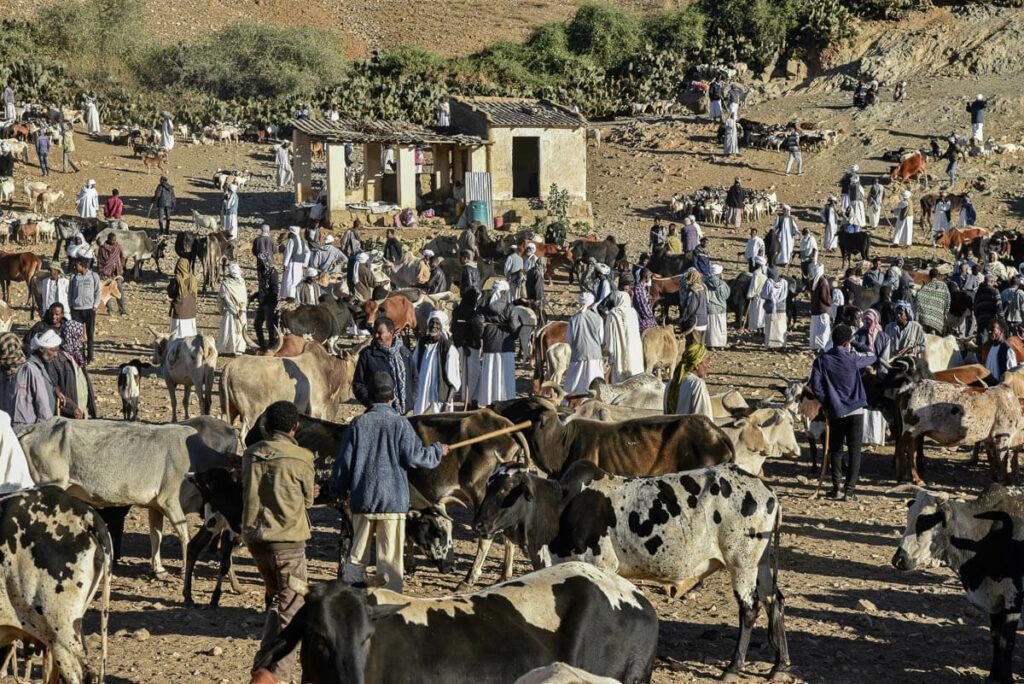
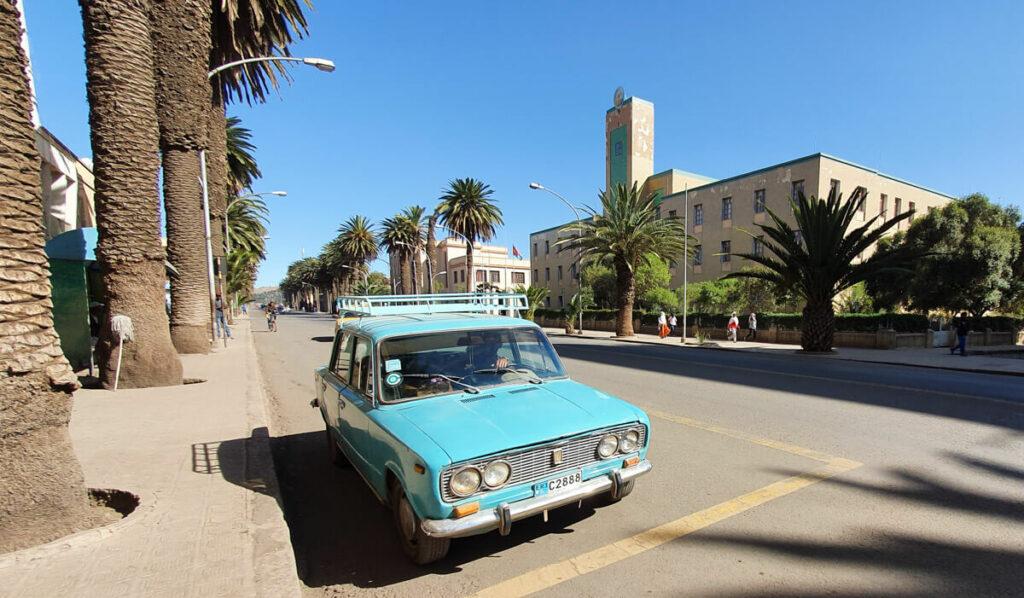
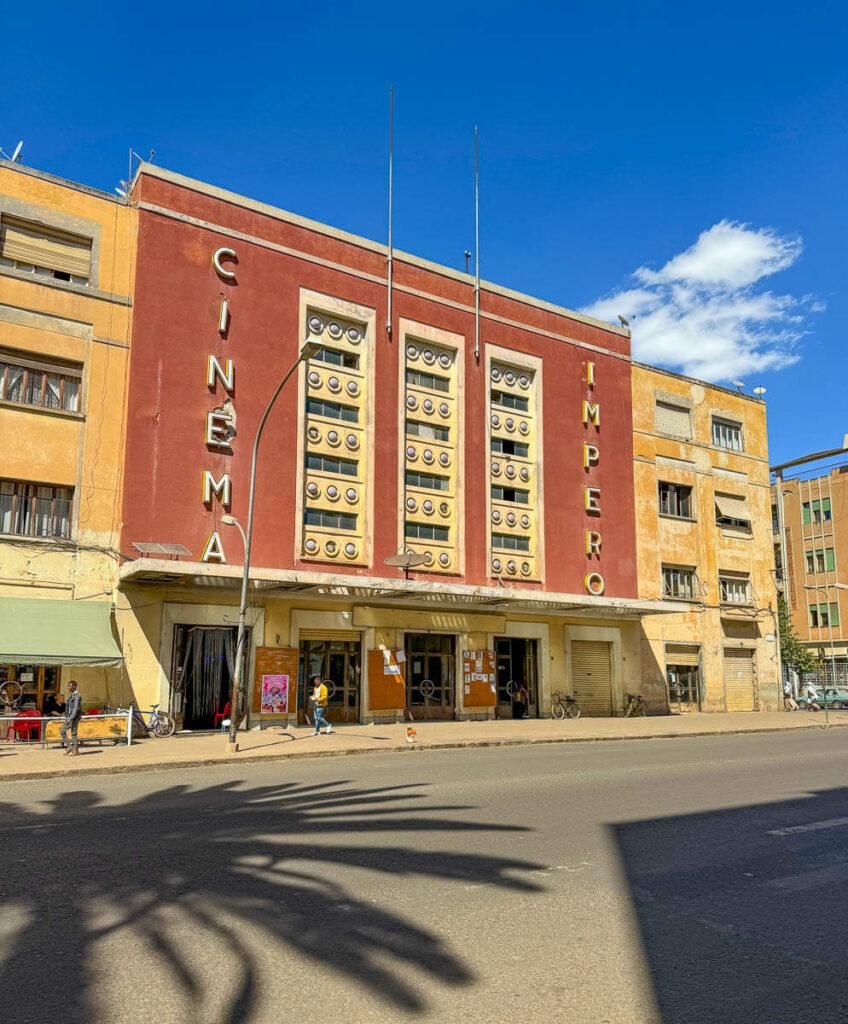
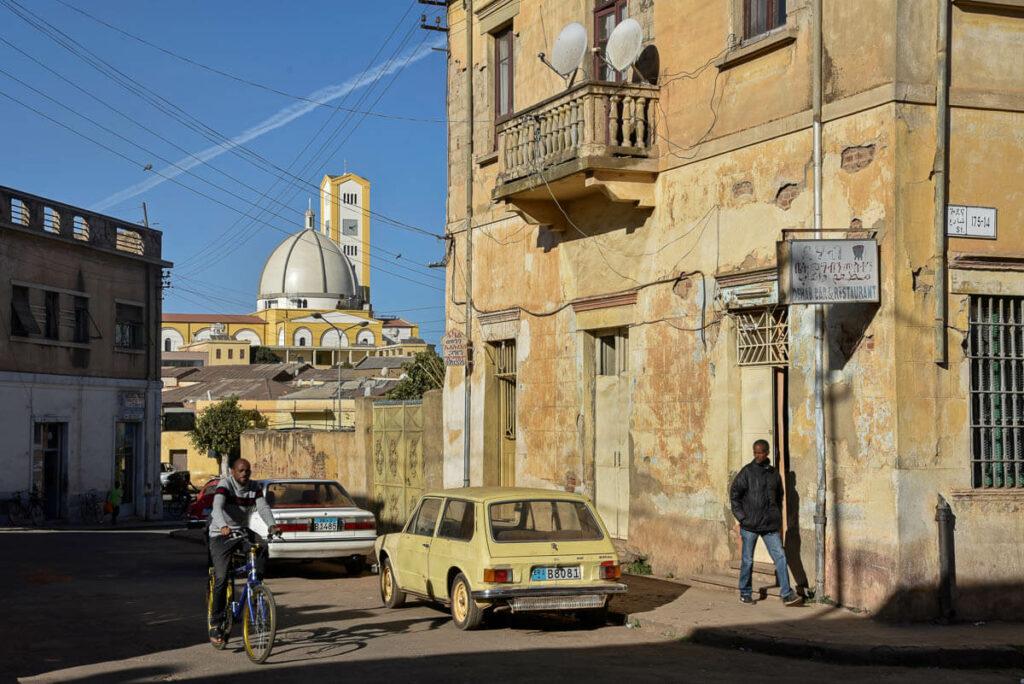
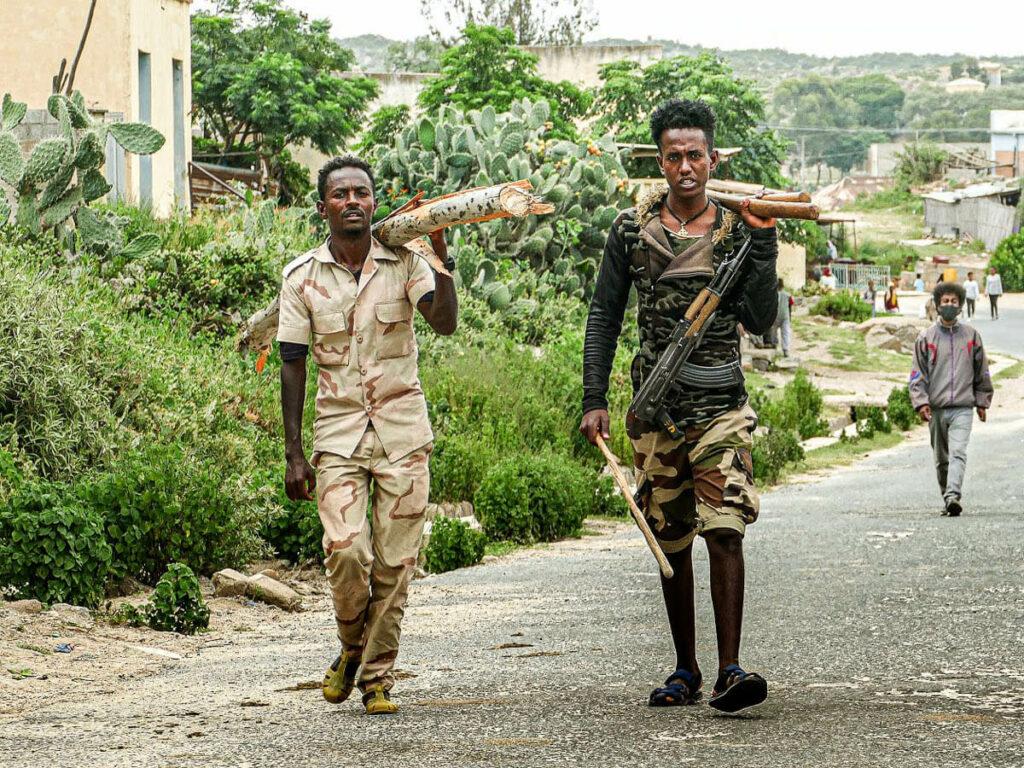
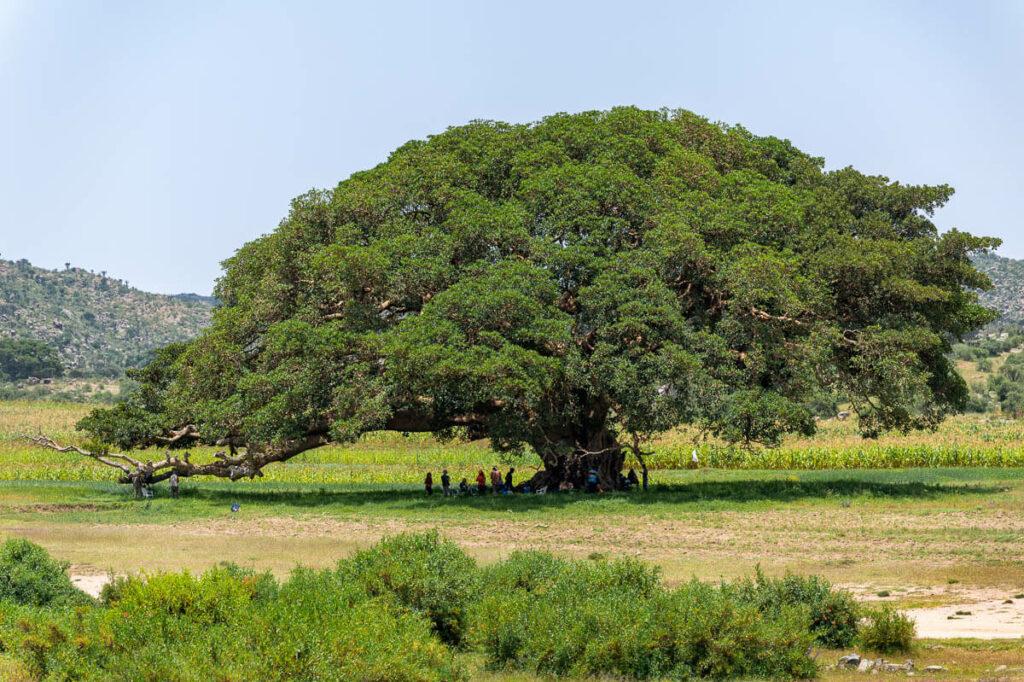
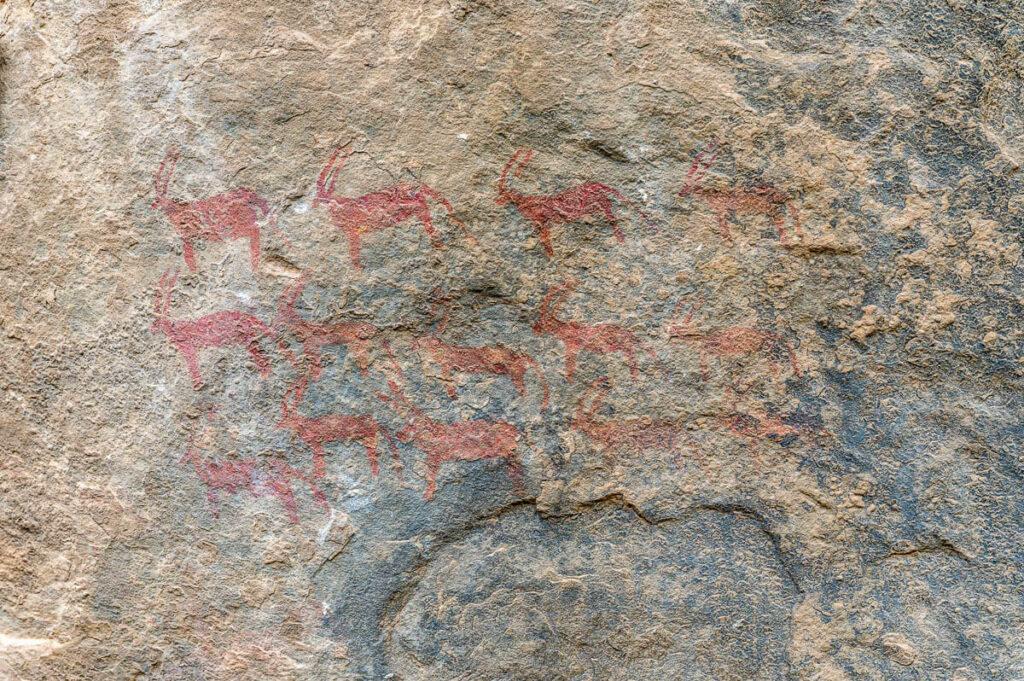
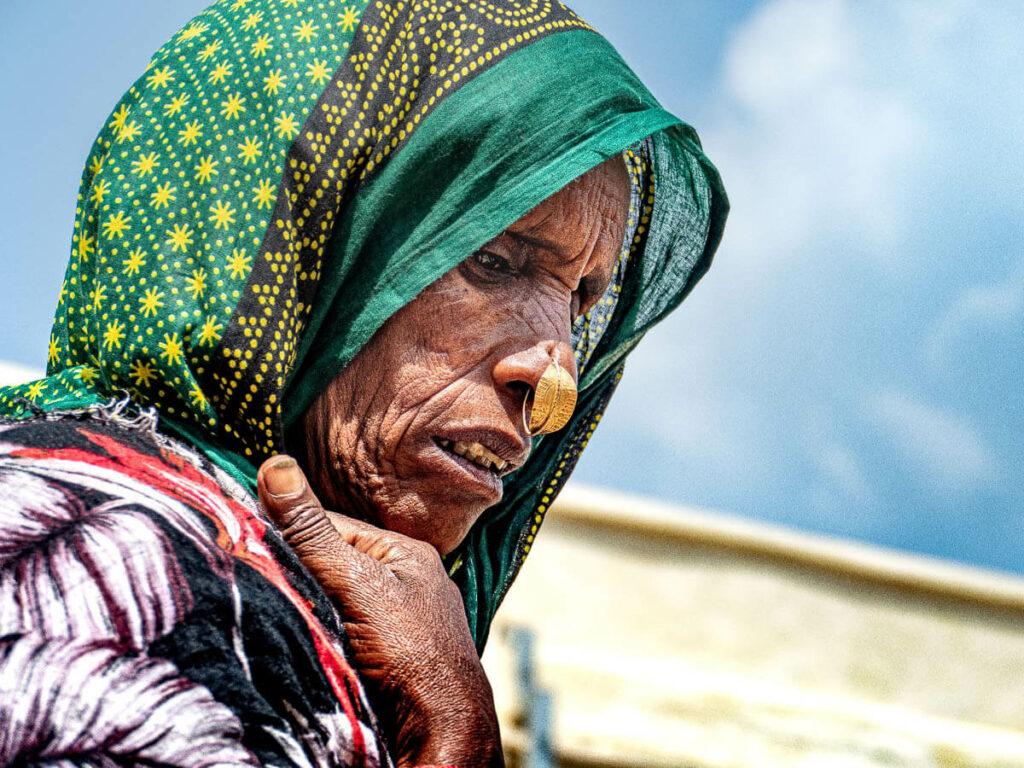
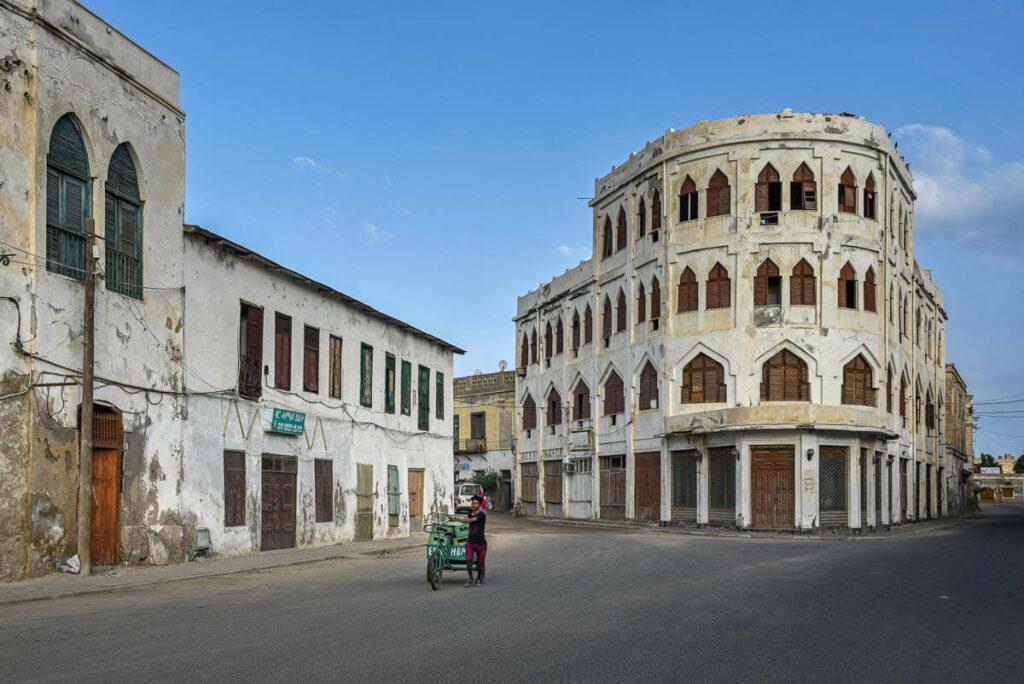
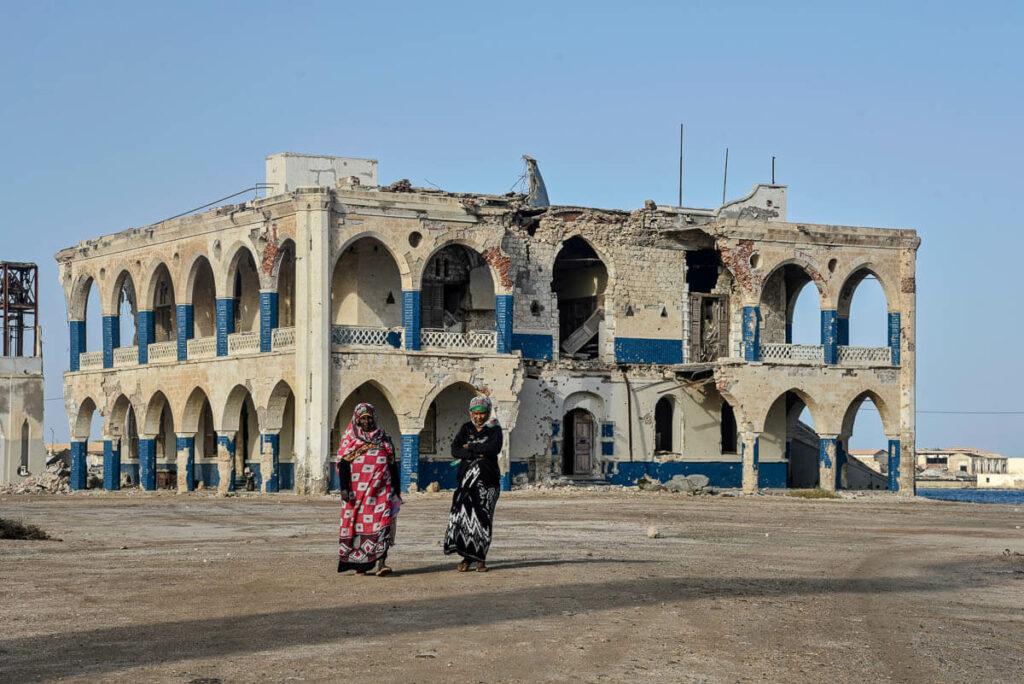

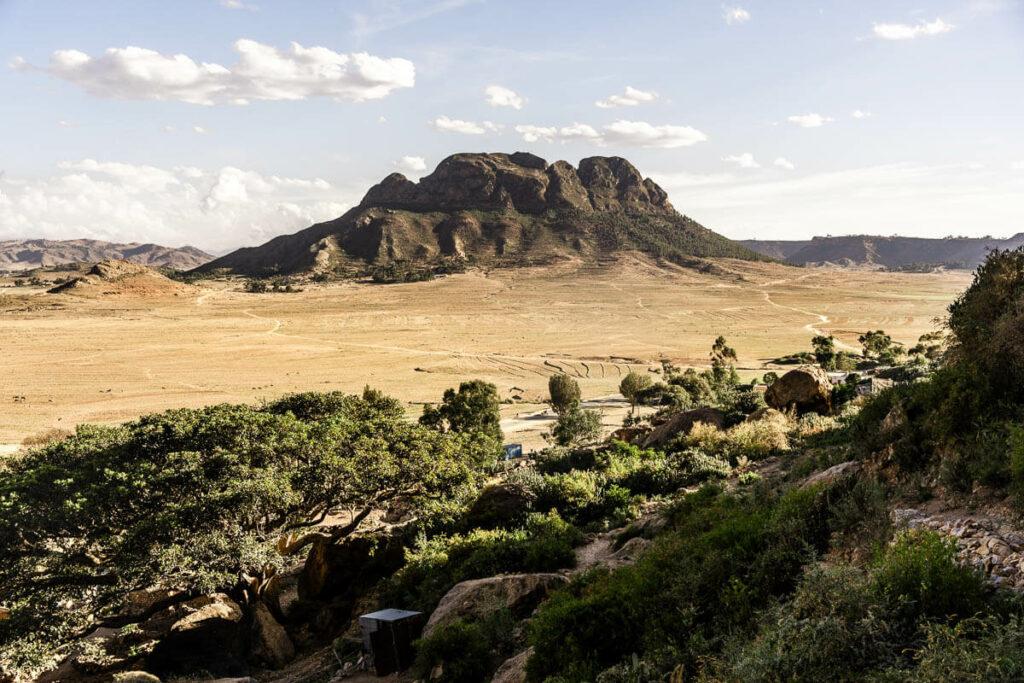
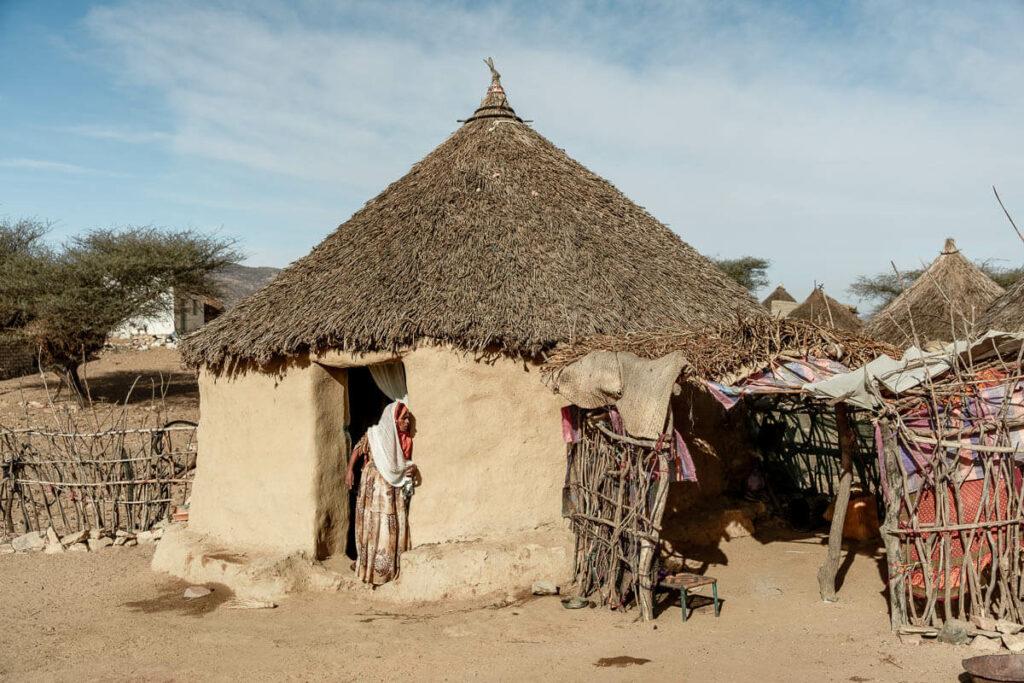
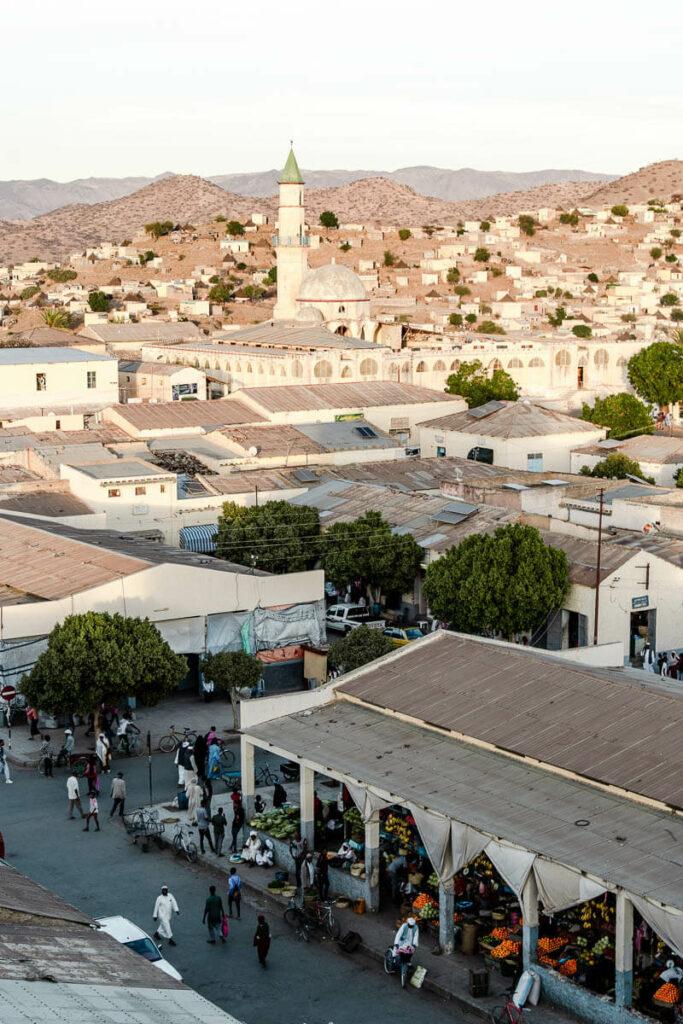
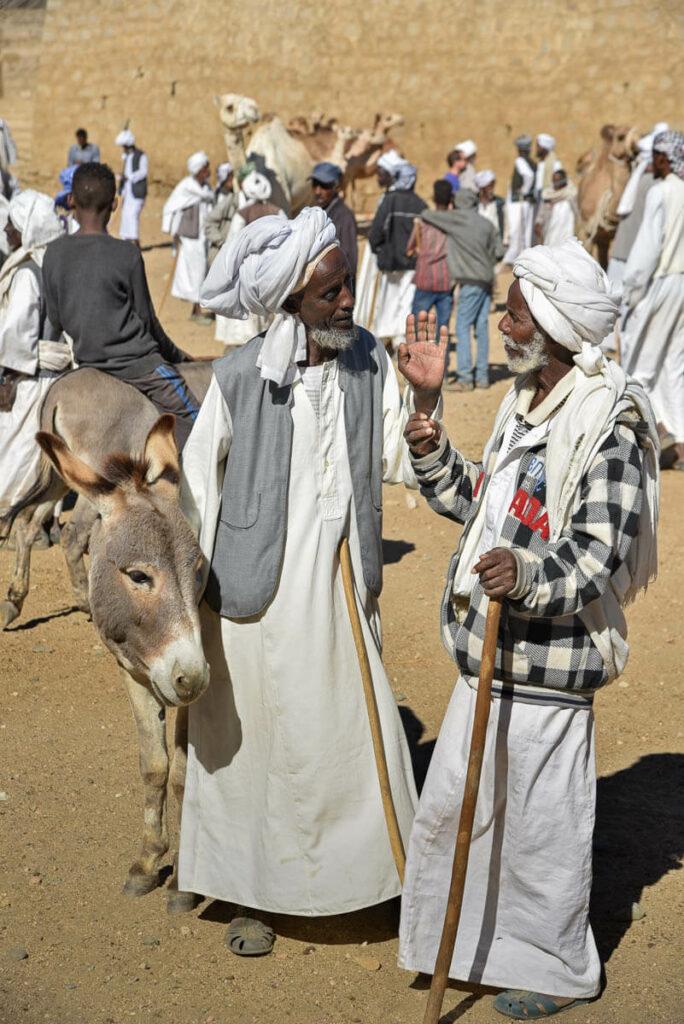
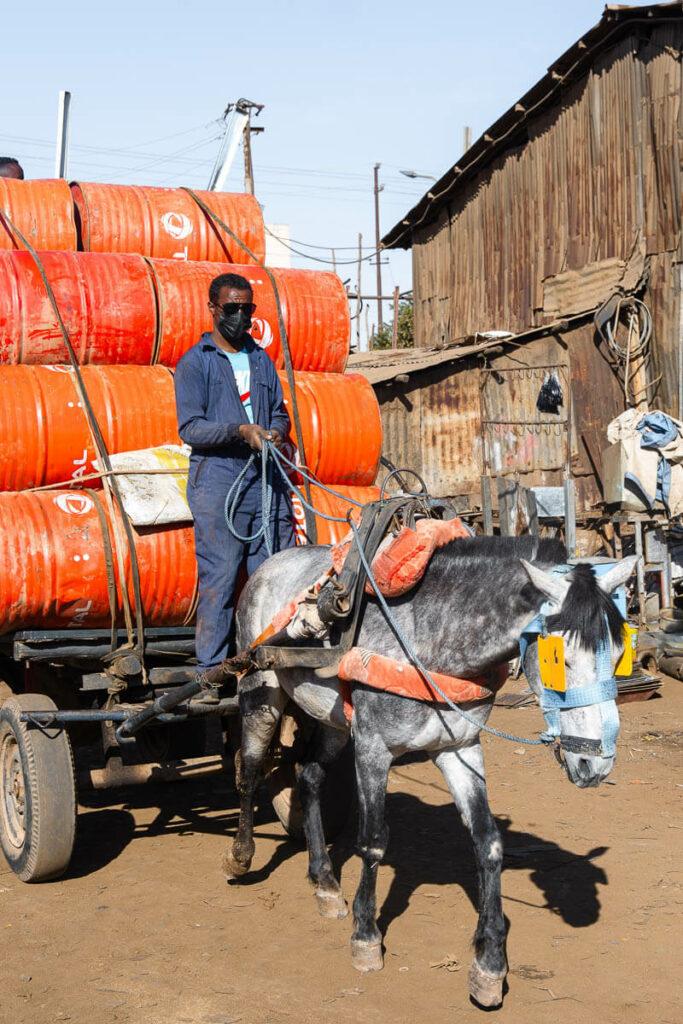
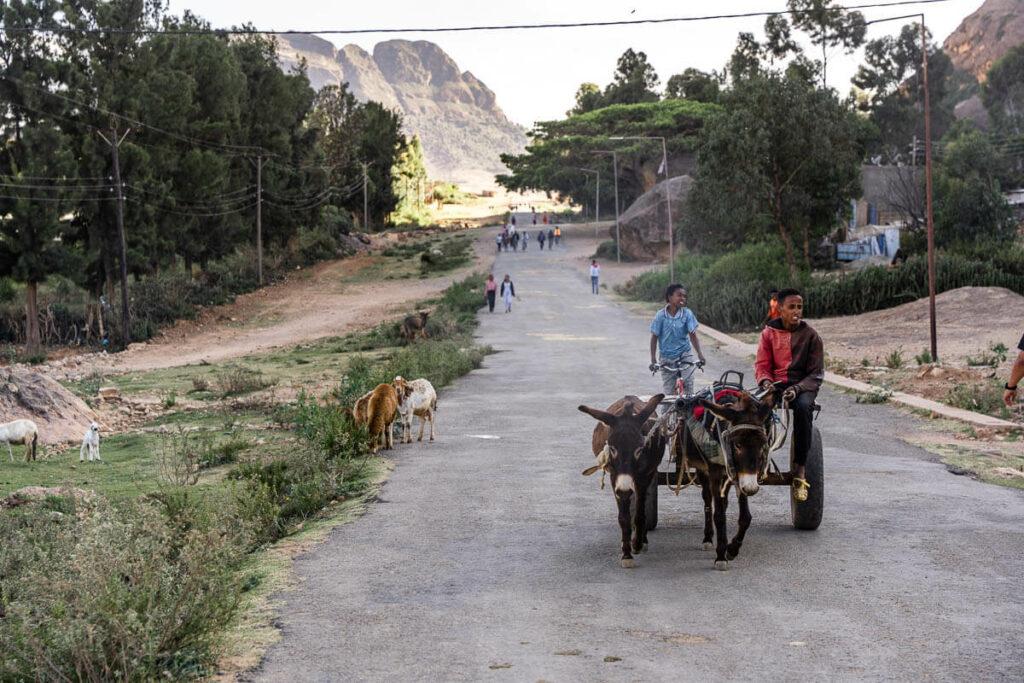
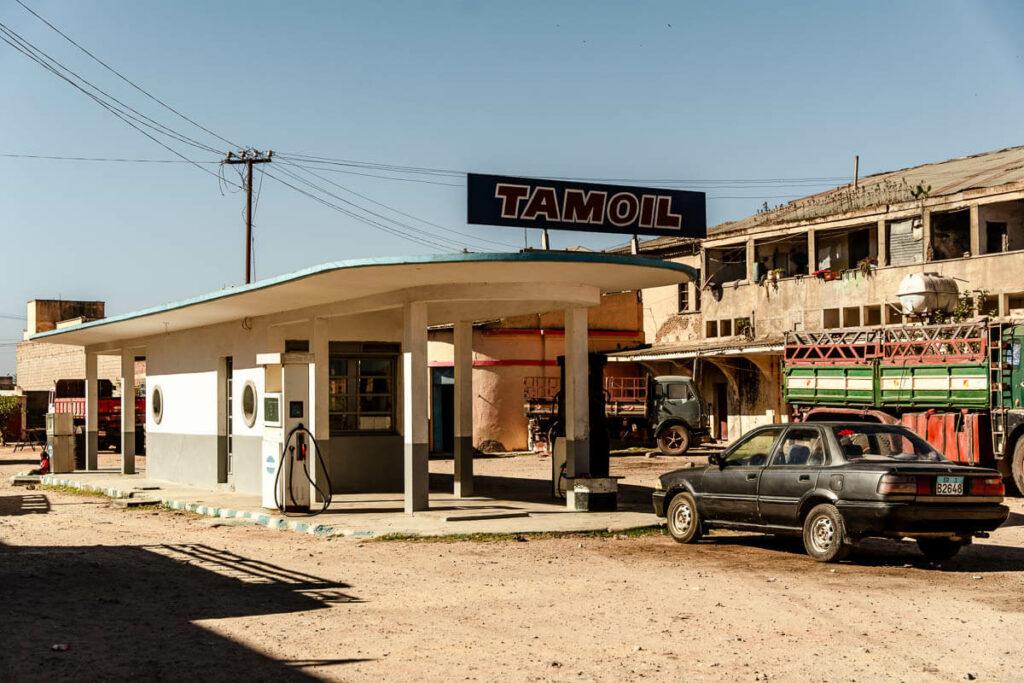
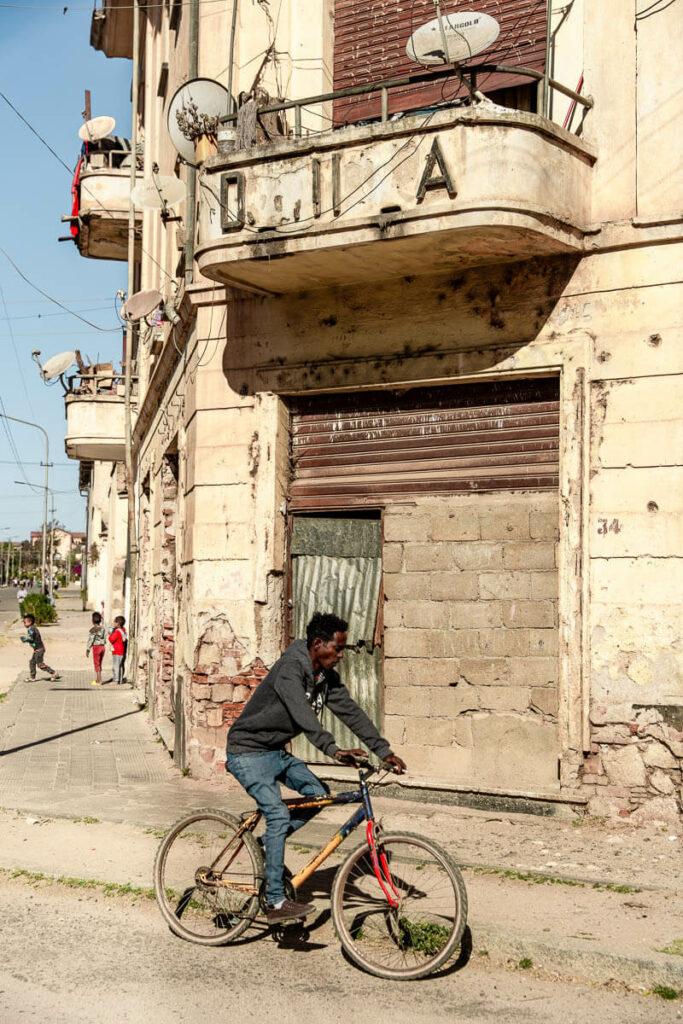
Sample itinerary for our Eritrea tours
Here’s our standard 8-day tour we offer on most of our expeditions.
Day 1 – Arrival in Asmara
- Airport pick-up, followed by checking into the hotel
- Introductory briefing on this Eritrea expedition, followed by dinner and drinks.
- Overnight in Asmara.
Day 2 – Decamhare and Senafe
- On the second day, we will travel to Decamhare, a town southeast of Asmara that served as the industrial hub for Italian Eritrea. At its peak in 1938, almost half the town’s inhabitants were Italian citizens. Despite considerable fighting in the War of Independence, Decamhare still has good examples of colonial architecture.
- Then, we’ll continue through a valley of beautiful, giant sycamores, making our way into Senafe.
- After lunch, we’ll explore the town of Senafe and then, we’ll do a 4-hour hike to the top of a mountain, aiming for a pilgrimage place for local Christians. The views from there are amazing.
- Overnight in Senafe.
Day 3 – Qohaito & Soho tribe
- Quohaito is a pre-Axumite archaeological site about 20km from Senafe, located at 2,600m on the edge of the Great Rift Valley, from where you see amazing views of the canyon.
- We’ll also get down to the canyon to discover some pretty ancient rock art.
- Then, we’ll visit a local community from the Soho tribe, with whom we’ll have some coffee and learn about their lifestyle.
- Back to Asmara and overnight in Asmara.
Day 4 – Keren animal market
- Day 4 of the expedition will be a Monday, which is the day that the Keren animal market takes place, probably the best livestock market I have ever seen.
- We will take our time visiting the market, including plenty of free time for taking pictures, interacting with locals and just discovering it on our own.
- After lunch, we’ll visit the rest of town and surrounding areas.
- Overnight in Keren.
Day 5 – Back to Asmara, Asmara City Tour
- Wide, palm-lined boulevards, art deco, more Fiat Cinquecentos than Italy itself, and a great coffee scene. Asmara, the capital of Eritrea, might be the most charming city in Sub-Saharan Africa.
- Things we will visit include: Fiat Tagliero building, Cinema Roma, Cinema Imperio, Saint Joseph Cathedral, Medemer Market, and the famous bowling center, among other things.
- Overnight in Asmara.
Day 6 – Massawa
- On day 6 of the tour, we will drive to the Red Sea coast, to Eritrea’s main port city of Massawa, an old city that has been occupied by the Portuguese, Arabs, Egyptians, Turks, British and Italians.
- It gained prominence back in the 16th century when it was captured by Ottoman forces, who developed the old town using traditional Ottoman architectural styles, often with coral instead of bricks.
- We’ll visit the old Ottoman town, the Italian legacy and have some great seafood.
- Overnight in Massawa.
Day 7 – Massawa and the Rashahida tribe
- Rashahida people are an ethnic group that lives across the coast plain of the Red Sea, from Port Sudan to Massawa. They are the descendants of Arab tribes from the 19th century and are nomadic people characterized by their colorful dress and camel breeds.
- Lunch with the Rashahida community.
- If possible, we’ll also visit Adulis, once among the greatest ports of the ancient world, linking the Roman, Egyptian and Greek Empires.
- However, February will be the rainy season in that area so the road tends to be very muddy and, impossible to drive on our bus. We’ll see. Otherwise, after lunch, we’ll head back to Asmara.
- Overnight in Asmara.
Day 8 – Departure
- In the morning, we’ll visit all the remaining places and then, we’ll take care of your airport transfer.
